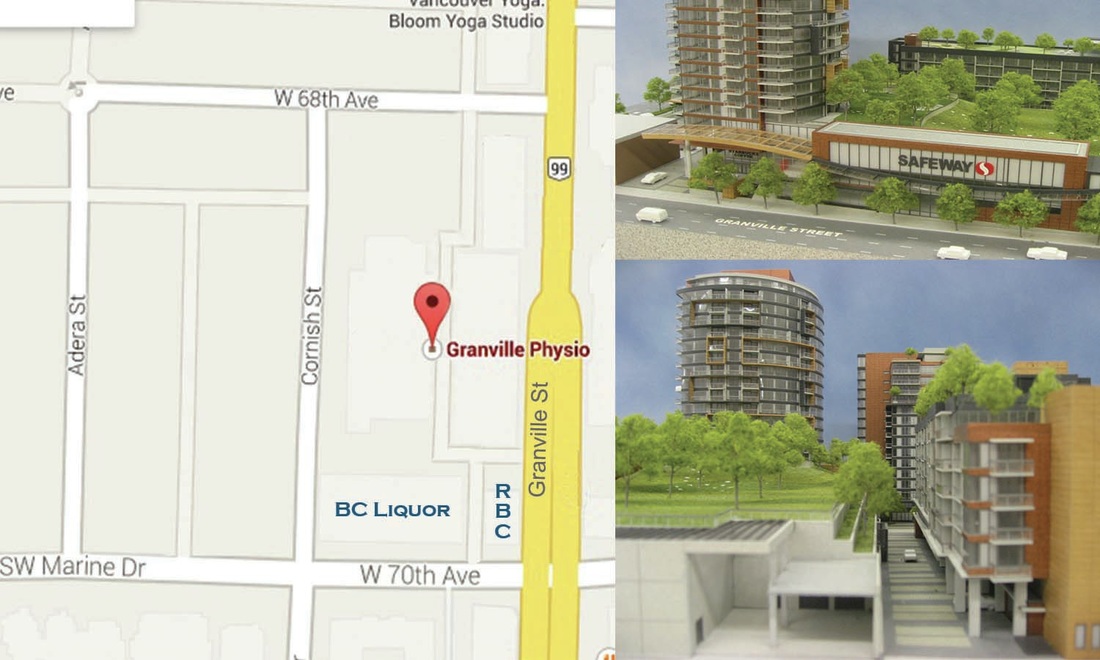|
Do you often wake up stiff and sore? Are you prone to frequent headaches, or persistent neck pain? The problem may lie in your choice of pillow. We spend a large portion of our day sleeping, and the alignment of our spine and head during our sleeping hours can have a drastic influence on our health and well-being throughout the day. Many individuals are unaware of their poor sleeping habits, and are not using a pillow that properly supports their body during rest. However, purchasing a proper pillow can be a daunting task. There is large variety of pillow sizes, shapes, materials, densities, and brands, all of which can be quite overwhelming if you are unsure of what to look for! However, our physiotherapists here at Granville Physio are here to help! We've outlined below a few basic sleeping positions, and the pillow types that are best suited for your individual sleeping style. However, if you would like a personalized assessment of your resting spinal position, and the pillow that will optimize your rest, click here to book in with James, Damien, or Jim today! 1. The Side Sleeper
2. The Back Sleeper
3. The Tummy SleeperFor those of you who have a tendency to sleep on your stomach - please stop! It may be difficult to adjust your sleeping position at first, but we guarantee that your neck will thank you for it! Sleeping on the stomach puts your neck in a position of full rotation for long periods of time, which as you may have guessed, is not good for your body. With the head turned to one side for such a long period of time, you are compressing one side of the neck and over-stretching the other side. Oftentimes, this can cause pain, stiffness, and headaches in the morning, regardless of which pillow you choose to use. Pillow Types and Common MaterialsWith the above tips in mind, here are a few different types of pillows you may encounter in your shopping: A) Memory Foam
B) Latex
C) Feather/Down
Our Final Thoughts on Pillow ShoppingWe recommend taking someone with you when you go to pick out your perfect pillow.
Laying down with each pillow, on a mattress that is similar to yours, is the most important step! Have a person assess your neck and spine alignment, to ensure that you are choosing a pillow with the right height and level of support. While suggested as the ergonomic solution, contoured pillows (particularly those with two bumps), often don't provide a very good fit. As always, if you have any questions or concerns, the physiotherapists at Granville Physio are here to help. Click here if you would like to book an appointment. Sweet dreams!
0 Comments
Vancouver was deemed the "most walkable city in Canada" this year, and with summer around the corner we'll soon be able to take full advantage of all the gorgeous walking trails and hikes throughout our city. However, for as many as 1 in 10 Vancouverites, this may not be an option. Approximately 10% of people suffer from plantar fasciitis, a condition which can cause excruciating heel pain from simply standing or walking. While plantar fasciitis can be an extremely debilitating and frustrating problem, Shockwave therapy is a new treatment option that has been showing incredible results and reducing rehabilitation time greatly. So, if you've been struggling with nagging heel pain, don't despair! Read below to learn more about plantar fasciitis, and see how our therapists here at Granville Physio can get you back to hiking your favourite trails, pain free! What is plantar fasciitis?
You have likely heard of these before, by the name of heel spurs. Shockwave therapy is one of the only non-surgical options that is currently effective in treating heel spurs. Without treatment, both the heel spurs and the inflammation can cause longstanding pain and movement issues, with lengthy rehabilitative periods. What does that feel like?Pain often starts at the base of the heel, or along the bottom arch of the foot. Many people describe this pain as a bruise or an ache, while chronic conditions have been described as a sharp, jabbing pain. Oftentimes, plantar fasciitis begins as a subtle pain, and many patients dismiss initial symptoms. However, plantar fasciitis worsens over time, and over the span of a few months the pain experienced is usually too great to ignore. Pain is often present the instant that pressure is put on the feet, and can lessen once you begin to move around. However, prolonged periods of activity will cause an increase in the pain and sensitivity experienced.
|
Archives
March 2016
Categories |
LocationClick to enlarge.
Located behind the Safeway at the intersection of Granville Street and 70th Street, our brand new clinic offers ample free parking and easy access from southbound lanes on Granville or off of 70th between the Royal Bank and BC Liqour store. We provide shockwave therapy for Vancouver and Richmond, including the Dunbar, Kerrisdale, Oakridge, and Marpole neighborhoods. |
Contact UsShockwave Therapy Vancouver @ Granville Physio
8501 Saskatchewan Lane Vancouver, BC V6P-0C7 Phone: 604-630-0108
Email: [email protected] Hours Monday - Friday: 7:00 am - 7:00 pm Saturday: 8:00 am - 4:00 pm Sunday: 8:00 am - 4:00 pm |
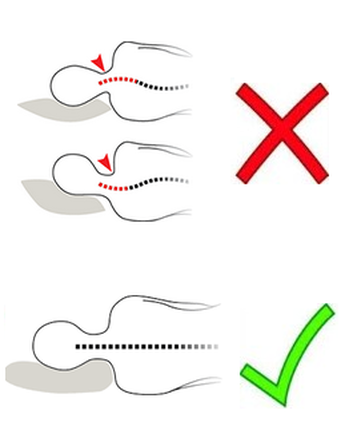
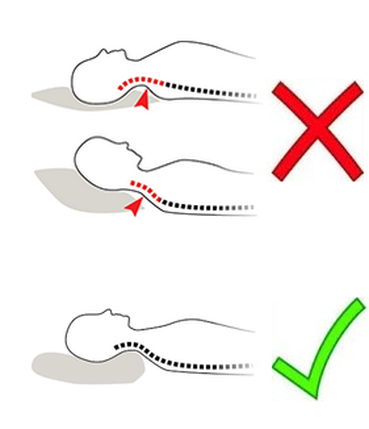

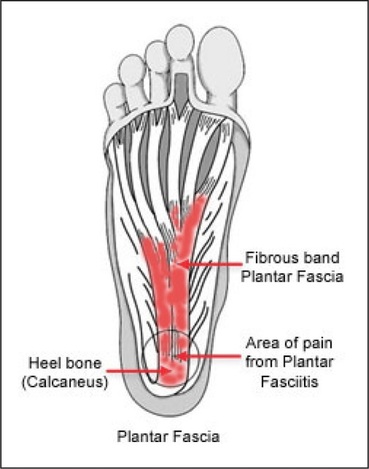
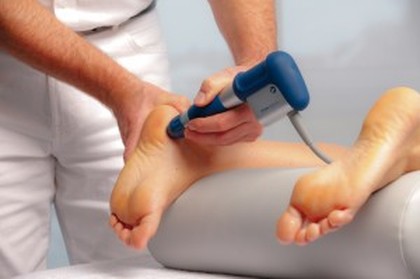
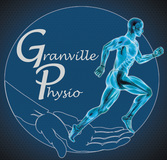
 RSS Feed
RSS Feed
